Table of Contents
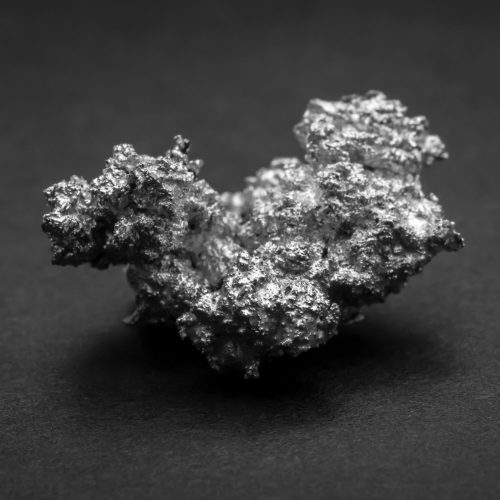
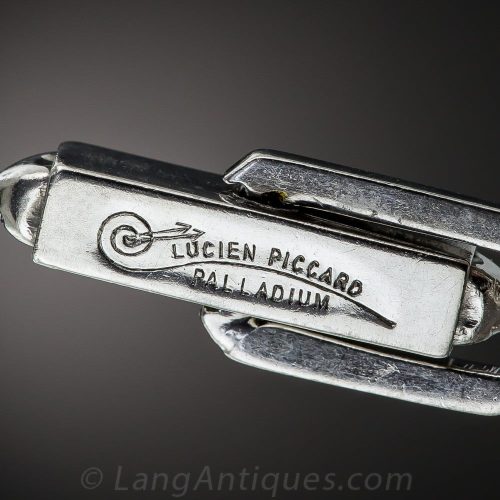
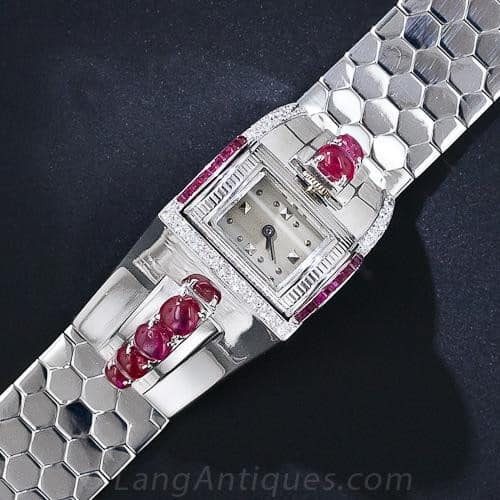
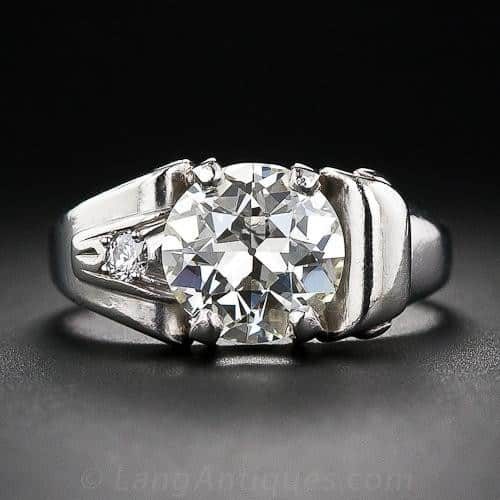
The Family
The platinum family, or platinum group, is comprised of six metallic elements; platinum, palladium, iridium, osmium, rhodium, and ruthenium. Along with gold and silver, they are considered the noble or precious metals. All are silvery-white or tin color, with high melting points, chemical resistance, and, in addition, they are all rare.
Platinum
Platinum, in its pure form, is soft and malleable. Heat treating, rolling, and alloying with other platinum family metals results in a harder metal suitable for jewelry. The chemical symbol for platinum is Pt and it has a specific gravity of 21.4. Nicknamed platina (silver of little value) in 1735 by Spanish explorers, they didn’t know what to do with it. Eventually, it found its way into jewelry and by 1920 65% of the platinum used in the USA was exclusively for jewelry. Platinum’s hardness made it eminently suitable for exquisitely delicate lacework, millegraining, and engraving.
Iridium
Iridium the most corrosion-resistant (unaffected by any acid) and possibly densest metallic element as well as being a member of the platinum family. Its chemical symbol is Ir and it has a specific gravity of 22.4 to 22.6. Because of its hardness and corrosion resistance, it is often used in jewelry to harden platinum. An alloy of 10% iridium and 90% platinum is considered to be hard platinum and a 5% iridium alloy is referred to as medium-hard platinum.
Osmium
Osmium is a metallic element of the platinum group, with the symbol Os. It has a specific gravity of 22.4 to 22.6 making it one of the heaviest elements known. Unlike other family members, Osmium is highly resistant to corrosion. Rarely used in jewelry, it forms a poisonous and unstable oxide when heated. When it is used in alloys, it creates very hard objects such as pen tips.
Palladium
Palladium is a metallic element with the chemical symbol Pd and is an unusual member of the platinum group. The difference between palladium and the rest of the platinum group is that it is subject to attack by nitric acid and by hot sulphuric acid. In its natural state, palladium It is very soft and malleable so much so that it can be beaten into leaf or sheets for decorative purposes. Alloyed with gold it results in a very white metal with only a 15 percent concentration. It is used in solder for platinum. Alloyed with ruthenium and rhodium it is suitable for jewelry, having the look of platinum but with half the weight. Palladium jewelry is relatively rare but during WWII platinum was required as a strategic metal and less strategically useful family member was employed as a replacement for platinum in fine jewelry.
Rhodium
Primarily used in alloys and as a plated finish, Rhodium is a platinum family metallic element with the chemical symbol of Rh. The unique reflective qualities of Rhodium result from hits hardness and whiteness (greater than platinum) and make it ideal for plating.
Ruthenium
Mainly used as a hardener for platinum and palladium, ruthenium is a metallic element with the chemical symbol Ru.
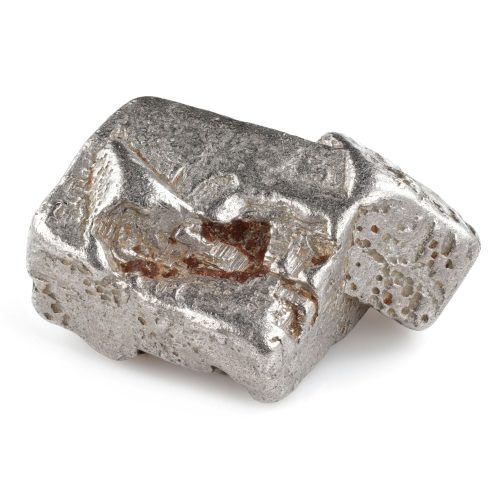
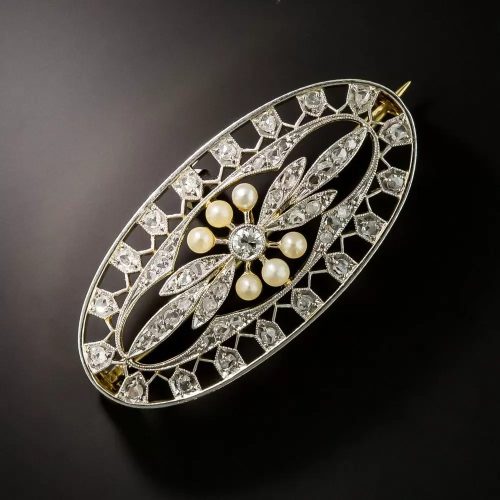
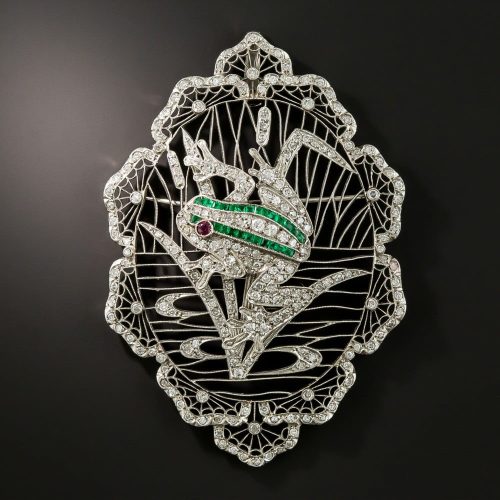
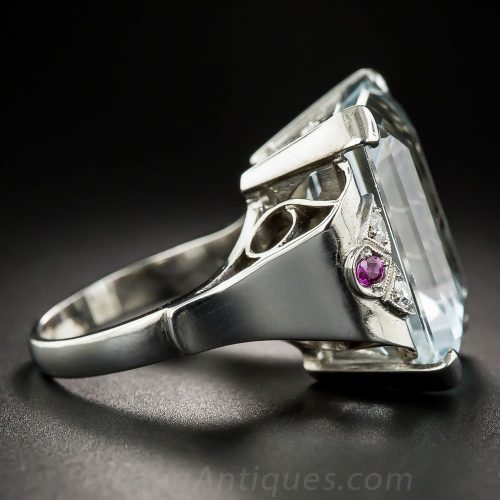
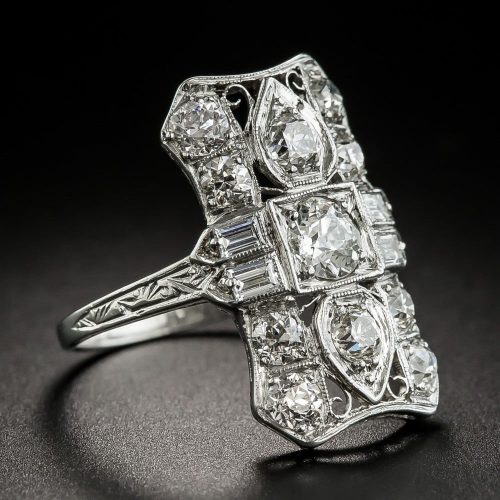
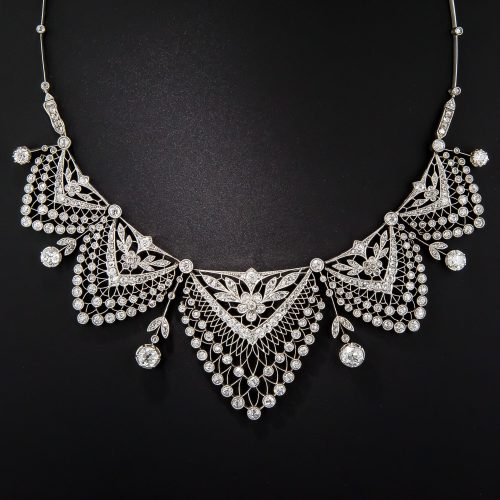
Alloys
The platinum family metals work better as alloys enabling them to strengthen any weaknesses and enhance their many strengths. Naturally occurring alloys of the platinum family occur in cube or rounded form and are used in items such as pen nibs and phonograph needles.
Precium
Precium is a brand name for an alloy of silver and palladium. It was developed by Handy & Harman in New York and patented on April 9, 1974. It has an antique white color with a precious metal content of greater than 87% and is also tarnish resistant and very heavy in weight.
Osmiridium
A naturally occurring alloy of osmium and iridium, sometimes known as iridosmine, iridosmium, or osmiridium. Often used for pen nibs and phonograph needles.
Iridosmine
A naturally occurring alloy of osmium and iridium, sometimes known as iridosmine, iridosmium, or osmiridium. Often used for pen nibs and phonograph needles.
Platiniridium
A naturally occurring alloy combining iridium and platinum into rounded or cubic grains.
Imitations
Osmior
Osmior (or plator, or platinor) was a white replacement metal for platinum (around 1918). It is also a watch brand.